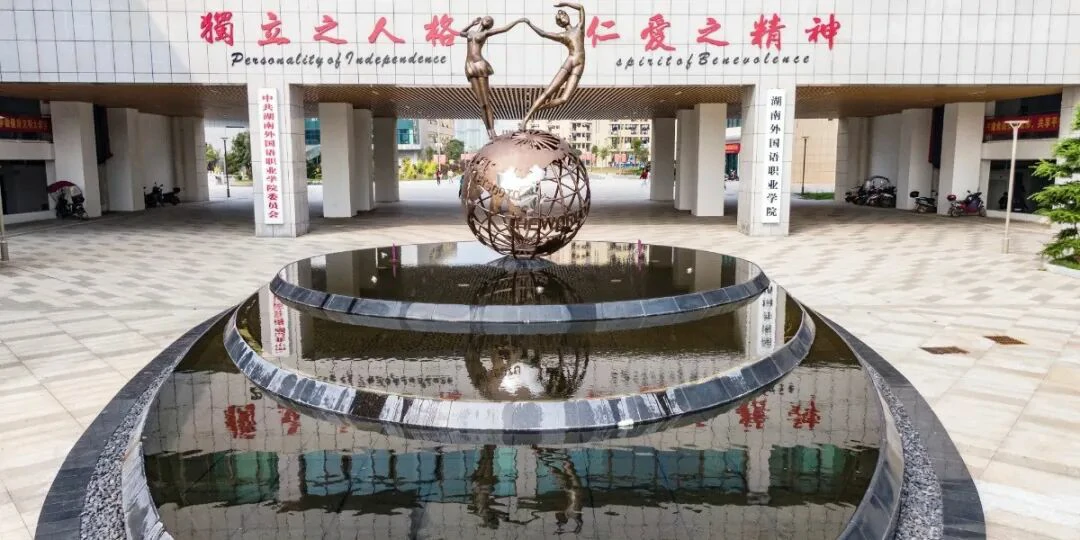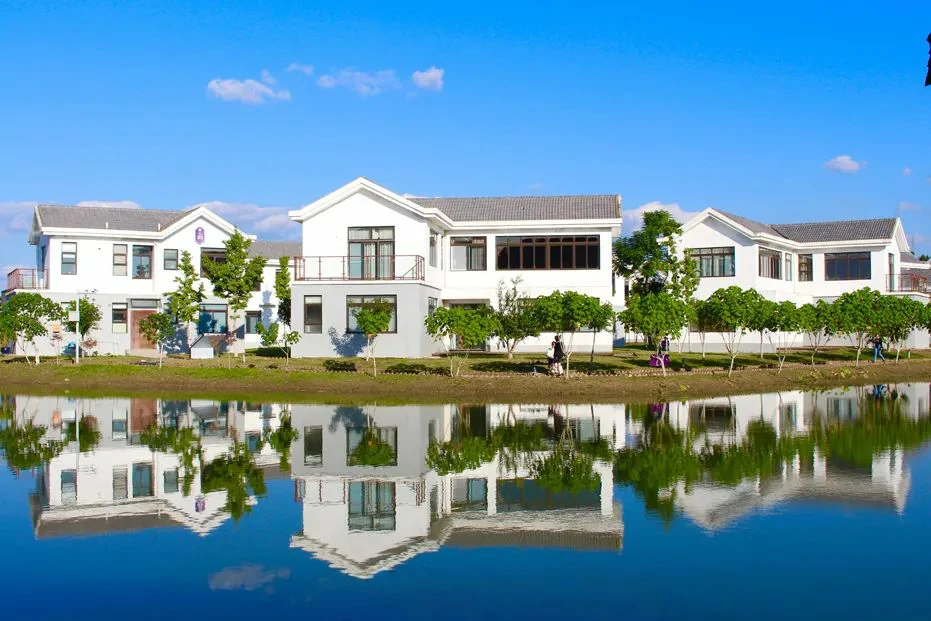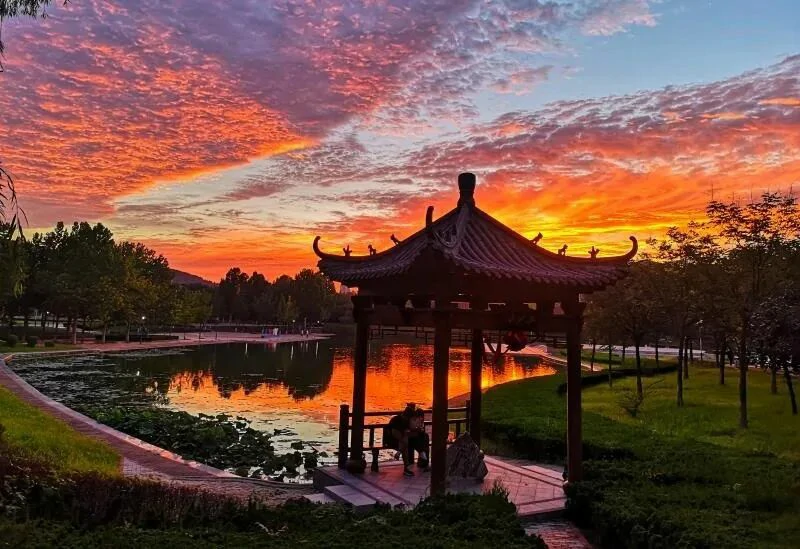
Learning Chinese has become very popular in Central Asia, with the number of candidates taking the Chinese Proficiency Test — also known as the HSK — soaring to over 16,700 in 2024, a thre...

Dear International Agents,are your students considering China for their studies in 2026? We are pleased to announce that our partner college in the vibrant city of Changsha, Hunan, is now accepting ap...

University in Sichuan-Fast Offer Within 1 Week & 95% Success Rate! Program Details Basic Information: Majors: 1. Data Science & Big Data Technology 2. Logistics Management Degree: 4-...

The university is located in Jiangning District, Nanjing City. It has a strong university town atmosphere and is very convenient for daily life. If you study here, you will experience... Convenient...

Spring 2026 Chinese Language Programs – Multiple Cities & Durations! 🎓 Explore China and master its language through our diverse 2026 spring intake programs! 🎓 Choose from flexible ...

How does Students under 18 Apply to Study in China? Many agents have asked us whether students under 18 can study in China. The answer is yes. We know many students graduate at 16 or 17 and don’t ...

Dear International students, we invite you to apply to Hangzhou Normal University. Founded in 1908, it’s a well-respected institution. Located in the beautiful city of Hangzhou, the university offers ...

As a leading 211 Project university, which offers an excellent one-year Chinese language program for international students. Featuring small-class instruction taught by experienced faculty, ...

Mechanical Engineering in HUNAN Partial Scholarship The employment prospects of international students majoring in mechanical engineering are still very broad after graduation. They can find...

When the sun crosses the celestial longitude of 135° on August 7, 2025, nature quietly begins autumn's prelude. As one of the "Four Commencements" in China's 24 solar terms, Liqiu (Be...

